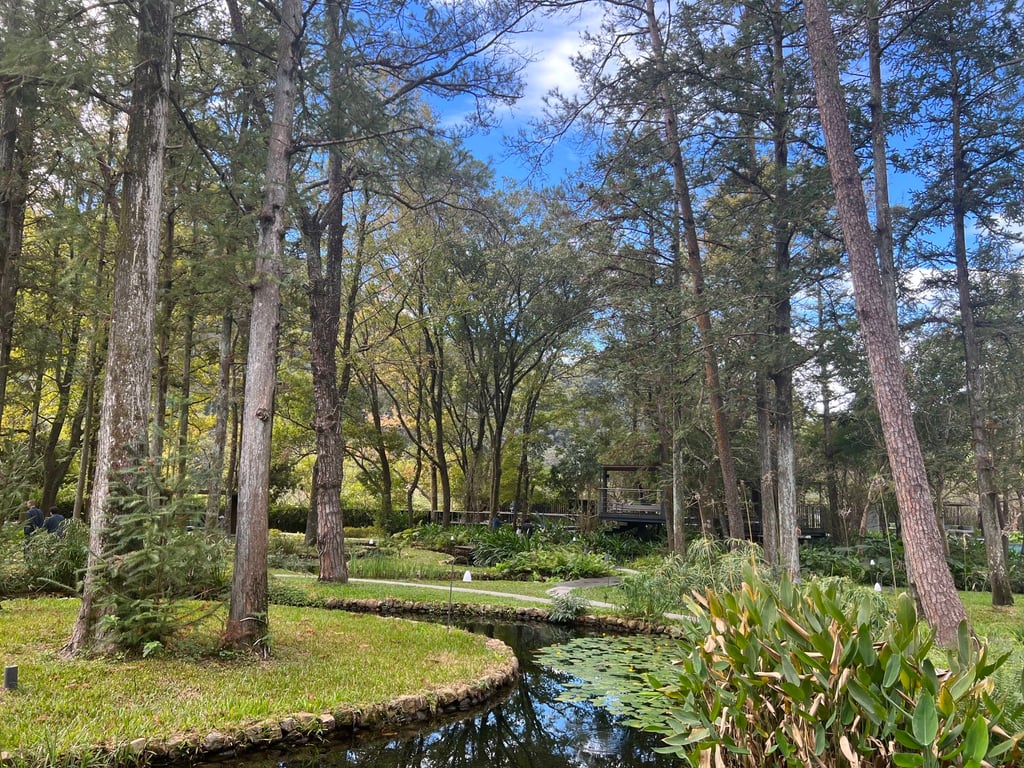First Japanese hot-spring hotel in Taiwan gives former tourist town a second lease of life
- Many associate hot-spring, or onsen, hotels only with Japan, but there are more than 100 in Taiwan, which vary in quality from basic to luxurious
- Hoshinoya Guguan, the first overseas hot-spring hotel from Japanese group Hoshino Resorts, attracts visitors to a sleepy town that was popular in the 1970s

A crisp winter breeze and soft, dappled sunlight caress me as I follow a meandering, flower-lined footpath, passing old Formosan gum trees and Chinese cypresses.
Under a tall Taiwanese fir, someone sits on a stone bench, contemplating a pond dotted with water lilies. An elderly couple holding hands pauses near a babbling brook to admire some indigenous plants.
Milling around this beautifully landscaped garden dressed alike in thick, woven, dark blue cotton two-piece sets that resemble pyjamas, we all look like convalescents at an upmarket sanatorium. Or guests at a Japanese ryokan, traditional inns that provide guests with loungewear that can be worn almost everywhere at the property, even to the restaurant or the communal bathhouse.
This is a ryokan. But it is not in Japan.

Opened in Taiwan in 2019, Hoshinoya Guguan is Japanese hotel group Hoshino Resorts’ first overseas hot-spring, or onsen, hotel.